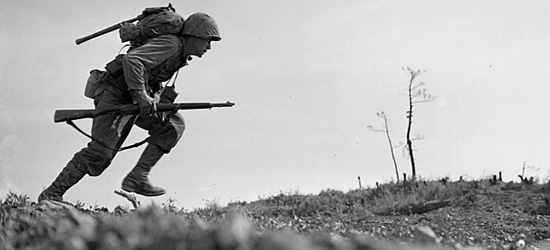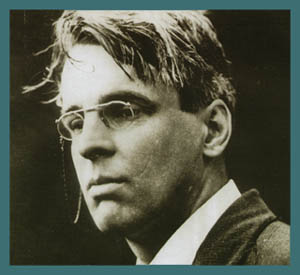This analysis of Elizabeth Bishop’s “Chemin de fer” is divided into four sections – context, rhyme scheme and rhetorical devices, ambiguity, and deeper meaning.
Context: “Chemin de fer” was first published in Bishop’s collection of poetry entitled North and South, which was published in 1946. In French, “chemin de fer” means “railroad”, and hence the title of this poem offers an accurate description of its setting. As mentioned in the summary of this poem, Bishop spent part of her childhood in Nova Scotia in Canada, and French is an official language of Canada. Hence, her knowledge of French is hardly a surprise and it bears testimony to her Northern heritage.
However, the setting of the railroad with its oaks and scrub pines is more symptomatic of the eastern states of the USA (such as Massachusetts, where Bishop was born and spent her remaining childhood) than of Canada. Hence, the setting of the poem is a testimony to her Southern heritage. Hence, this poem is a healthy mix of north and south, and its inclusion in the collection of the same name is justified.
Rhyme Scheme and Rhetorical Devices: Each of the 5 stanzas in this poem follows the same simple rhyme scheme, that is, ABCB.
In the 3rd stanza, the poet uses the device of simile. This rhetorical device is used when an overt comparison is made between two different things. In line 2, the poet compares the pond next to the railroad with a tear in the earth’s surface, and also uses the word ‘like” while making this comparison.
In the 3rd stanza, the poet also uses the device of personification. This rhetorical device is used to bestow human qualities on something that is not human. Here the poet personifies the pond by endowing it with the tendency to nurse its wounds and the agency to maintain is existence as is.
Ambiguity: The word “ambiguity” means the quality of being open to more than one interpretation. Ambuiguity is a major characteristic in Elizabeth bishop’s poetry. “Chemin de fer” is no exception. In the 1st stanza, there is ambiguity regarding what “ties” the poet is referring to, whether she means the ties of the railway tracks or the ties of her pounding heart. In the 4th stanza, it is ambiguous why the tree near the hermit’s cabin shakes, whether from being hit by the shot he fired, or from the recoil velocity of the shot-gun whose barrel he might have placed on the tree trunk while firing the shot.
Last but not least, in the 5th stanza, there is ambiguity regarding what kind of love the hermit talks about when he says that love should be put into action. It is possible to argue, but not be entirely certain, that the hermit is referring to his love of solitude. As the word ‘hermit’ itself means a person who lives in self-imposed isolation, it is clear that the hermit has become used to living alone. The deserted environment in which he lives does not expose him to the sight of human beings very commonly.
Hence, when he lays his eyes on the poet as she is walking along the railroad, his first instinct is to protect and maintain the solitude he has become accustomed to. That is perhaps why he tries to shoot the poet from across the pond. However, there is no way to confirm whether his intention was to protect his solitude or not, and hence, it is also unclear what kind of love he meant to put into action.
Deeper Meaning: A number of commentators have read “Chemin de fer” as an assertion of Elizabeth Bishop’s lesbian identity. She has never been very explicit in revealing her identity as such, but it is for sure that she has given subtle hints in her poem s about it. In this poem, scholars argue that the hermit is an alter ego of the poet herself. The love that the hermit says should be put into action is in fact the poet’s love for other women. This love ought not to be kept secret within herself, for there is nothing wrong with this so-called forbidden love.
Bishop believes that we each have the right to love whoever we want. Therefore, she says that we ought to vocalize our love and make an effort to express our love. Love can make the world a better place, but only if we allow it to perpetuate. Therefore, we should be open about non-conventional forms of love and allow the people who practise such love to live with dignity.
Some online learning platforms provide certifications, while others are designed to simply grow your skills in your personal and professional life. Including Masterclass and Coursera, here are our recommendations for the best online learning platforms you can sign up for today.
The 7 Best Online Learning Platforms of 2022
- Best Overall: Coursera
- Best for Niche Topics: Udemy
- Best for Creative Fields: Skillshare
- Best for Celebrity Lessons: MasterClass
- Best for STEM: EdX
- Best for Career Building: Udacity
- Best for Data Learning: Pluralsight














